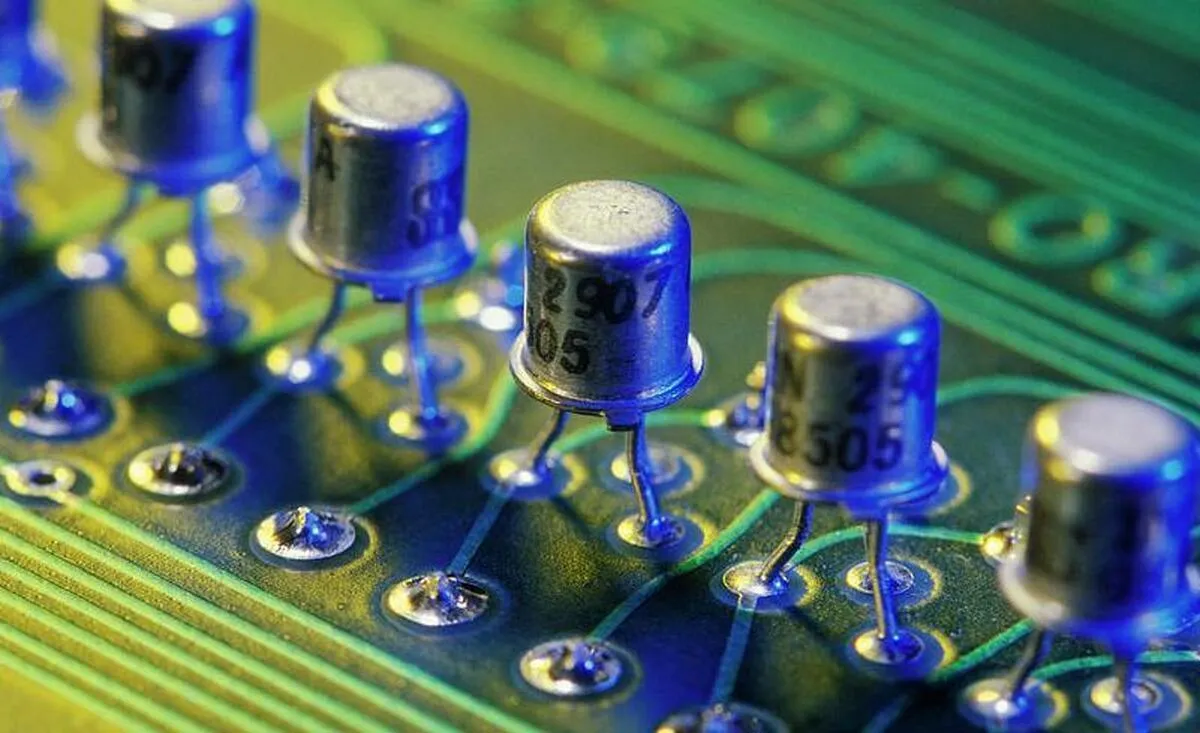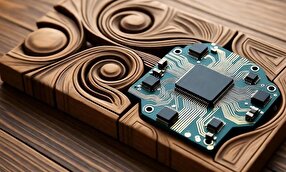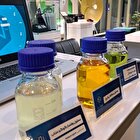Scientists Unveil New High-Performance Nuclear-Grade Transistor

Diamond as a semiconductor offers exceptional physical properties, including an ultra-wide bandgap of 5.5 eV, high carrier mobility, and excellent thermal conductivity. These characteristics make diamond a highly promising material for high-performance, high-reliability applications in extreme conditions, such as high temperatures and intense radiation—like those near nuclear reactor cores, the journal Advanced Science reported.
Diamond electronics not only reduce the need for complex thermal management systems compared to conventional semiconductors, but they also offer greater energy efficiency, higher breakdown voltage tolerance, and enhanced durability in harsh environments.
On the other hand, with the development of diamond growth technologies, power electronics, spintronics, and microelectromechanical system (MEMS) sensors operatable under high-temperature and strong-radiation conditions, the demand for peripheral circuitry based on diamond CMOS devices has increased for monolithic integration. For the fabrication of CMOS integrated circuits, both p-type and n-type channel MOSFETs are needed, just as in conventional silicon electronics. However, n-channel diamond MOSFETs had not yet been developed.
This NIMS research team developed a technique to grow high-quality monocrystalline n-type diamond semiconductors with smooth and flat terraces at the atomic level by doping diamond with a low concentration of phosphorus (diagram on the left in the figure). Using this technique, the team succeeded in fabricating an n-channel diamond MOSFET for the first time in the world.
This MOSFET is composed mainly of an n-channel diamond semiconductor layer atop another diamond layer doped with a high concentration of phosphorus (middle diagram in the figure). The use of the latter diamond layer significantly reduced source and drain contact resistance. The team confirmed that the fabricated diamond MOSFET actually functioned as an n-channel transistor.
In addition, the team verified the excellent high-temperature performance of the MOSFET as indicated by its field-effect mobility—an important transistor performance indicator—of approximately 150 cm2/V・sec at 300°C (graph on the right in the figure).
These achievements are expected to facilitate the development of CMOS integrated circuits for the manufacture of energy-efficient power electronics, spintronic devices, and (MEMS) sensors under harsh environments.
4155/v





















